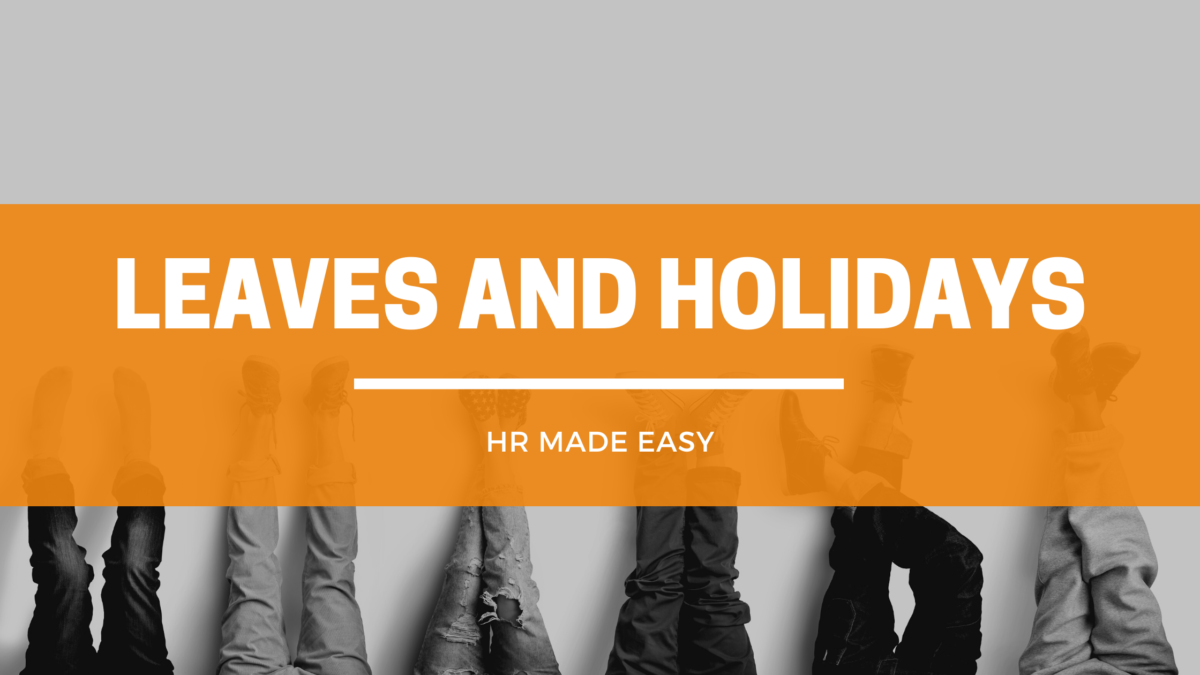Risk Assessment for Pregnant Employees
As soon as an employer has received written notification of pregnancy from an employee, a risk assessment should be carried out.
The employee should give their employer a copy of any advice that their Doctor/Midwife has given them if it could have an impact on the pregnant employee’s risk assessment. The risk assessment’s purpose is to evaluate the employee’s ability to carry out their role and to identify any possible risks to mother and baby.
 Examples of some risks are:
Examples of some risks are:
- Standing/sitting for long periods
- Lifting/carrying heavy loads
- Threat of violence in the workplace
- Long working hours
- Excessively noisy workplaces
- Exposure to toxic substances
- Work-related stress
- Workstations and posture
 The Department of Social Protection pays Health and Safety Benefit after the first three weeks of Health and Safety Leave has passed. In order to qualify for Health and Safety Benefit, you must meet certain criteria and PRSI contribution conditions. Employees are still considered to be in employment so they continue to accumulate their annual leave entitlement. However, they are not entitled to payment for public holidays that occur while on Health and Safety Leave.
It is essential that the employer regularly monitors and reviews any assessment made to take account of the possible risks that may occur at the different stages of pregnancy.
The Department of Social Protection pays Health and Safety Benefit after the first three weeks of Health and Safety Leave has passed. In order to qualify for Health and Safety Benefit, you must meet certain criteria and PRSI contribution conditions. Employees are still considered to be in employment so they continue to accumulate their annual leave entitlement. However, they are not entitled to payment for public holidays that occur while on Health and Safety Leave.
It is essential that the employer regularly monitors and reviews any assessment made to take account of the possible risks that may occur at the different stages of pregnancy.






